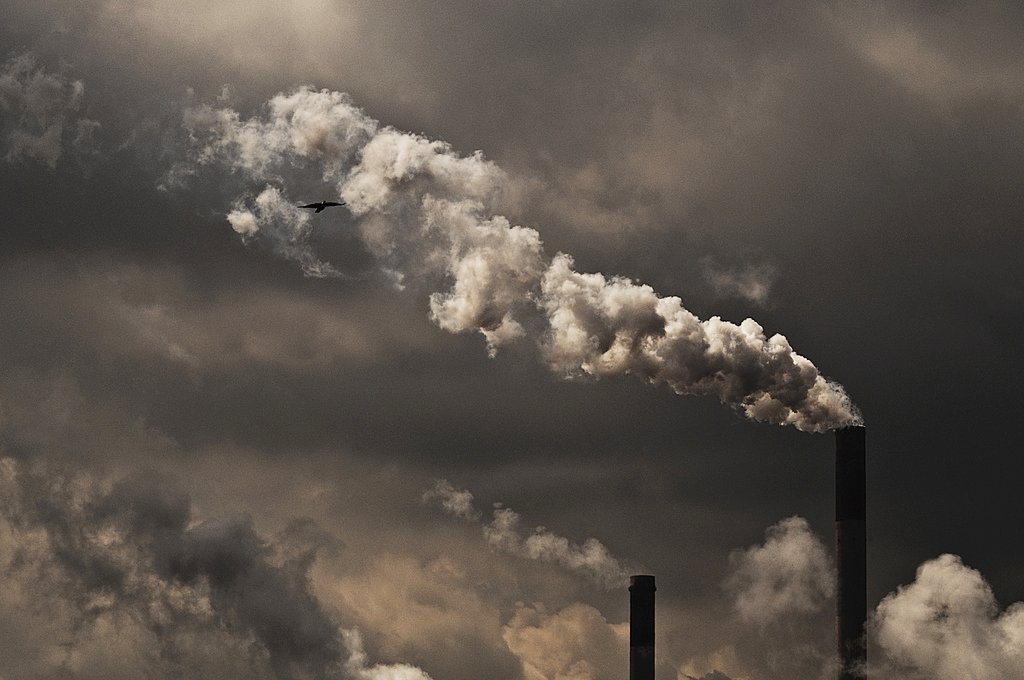
Sometimes markets are able to solve its negative externalities almost by its own, this is the case for fossil fuel prices that innovation in clean energy research.
Green House Gases and the Green House Effect
A couple of greenhouse gasses are categorized as greenhouse gasses, and among these, we find methane, the infamous carbon dioxide and also actually water vapor. The main villain in global warming is undeniably carbon dioxide, CO2, as it has been appointed to be the main driver of the accelerating greenhouse effect. Being the main by-product of fossil fuel burning and usage by human civilization since the industrial revolution and last 200 years.
Although the greenhouse effect is essential for life to be able to exist on Earth. It is indeed paramount for Earth being able to trap some of the radiation from the sun as it allows for life to exist.
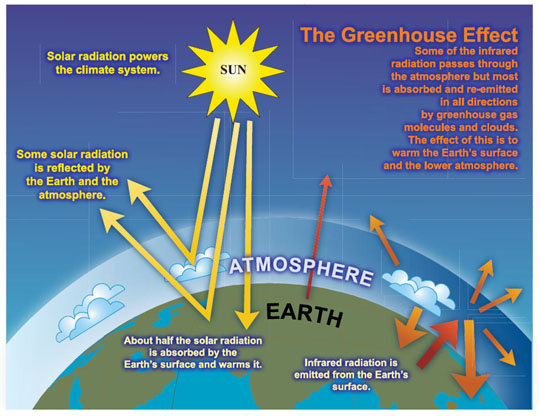
A negative consequence of increasing CO2 in the atmosphere is, however, to accelerate the greenhouse effect to essentially make it too efficient of a trap.
The result that follows is increasing temperatures. And with increasing average temperatures follows a lot of negative effects in its wake; rising sea levels (expanding warmer water), melting glaciers, droughts, famine and changing weather systems (more rain in some parts of the world, less to no rain in others). Also, with higher temperature, there is more energy in circulation. This fact increases the risk of very extreme weather.
Since there was more carbon in circulation during Earth’s history. By burning this once buried carbon as fossil fuels from these periods, we are returning Earth climate as it once was many millions of years ago. A time when another biodiversity existed on the planet.
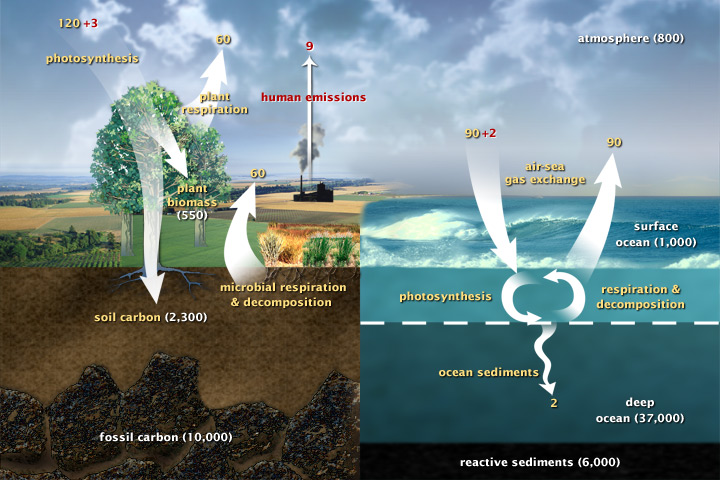
Prices and Innovation?
When gas prices are rising, this is obviously a nuisance for car owners and regular people as consumers.
However, prices on fossil fuel are often deliberately raised with government “green taxes”. Aimed at fossil fuel consumption to allow for relatively cheaper “clean” fuel and to subsidize alternative fuels.
Although being a nuisance, what also follows increasing prices is that research in alternative technology and innovation are actually being spurred.
This is what this study “Energy-Saving Technical Change”, by John Hassler, Per Krusell, and Conny Olovsson show. Higher prices spur technology investments into clean energy.
This correlation found by the researchers can be seen below. When prices increase, technology investments into alternatives also increase.
1949-1973: low oil price and the energy-saving technology grew at 0.65 percent/year (ge = 0.65).
1973-1984: high oil price and ge = 3.26 percent/year.
1985-1998: low oil price ge = 1.56 percent/year.
1998-: high oil price ge = 1.84 percent/year.
That is, technology investments respond to economic incentives. As high oil prices are indeed negative in the short run for consumers, it may prove positive in the long run for the planet and the consumer. Resulting in alternative clean fuels, but also potentially cheaper technology.
______________________________
Directed technical change as a response to
natural-resource scarcity
New Mexico State University Carbon History
(NOAA Global Warming
_______________

![OpenAI. (2025). ChatGPT [Large language model]. https://chatgpt.com](https://www.illustratedcuriosity.com/files/media/55124/79bc18fa-f616-4951-856f-cc724ad5d497-560x416.webp)
![OpenAI. (2025). ChatGPT [Large language model]. https://chatgpt.com](https://www.illustratedcuriosity.com/files/media/55099/2638a982-b4de-4913-8a1c-1479df352bf3-560x416.webp)
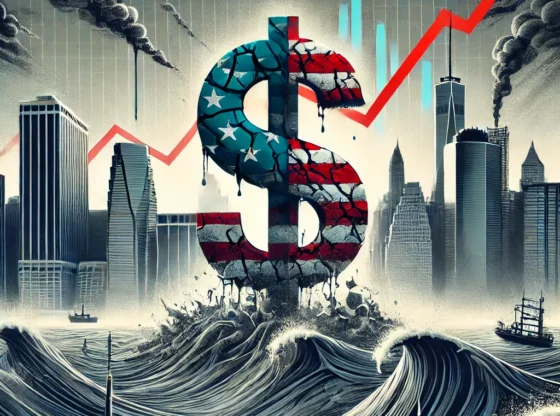
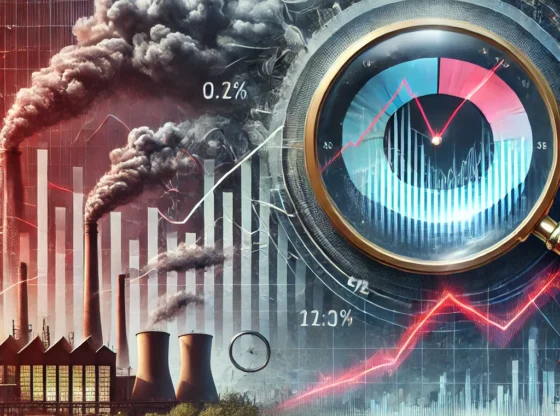


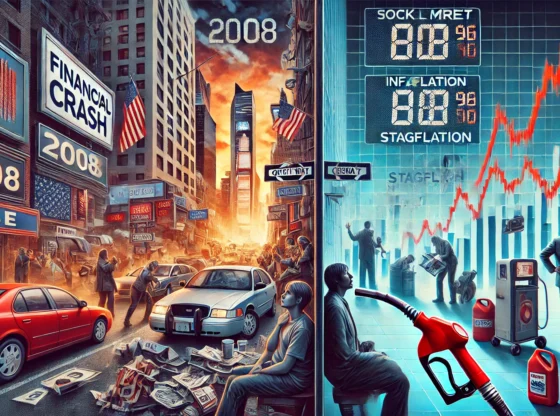



![OpenAI. (2025). ChatGPT [Large language model]. https://chatgpt.com](https://www.illustratedcuriosity.com/files/media/55136/b1b0b614-5b72-486c-901d-ff244549d67a-350x260.webp)
![OpenAI. (2025). ChatGPT [Large language model]. https://chatgpt.com](https://www.illustratedcuriosity.com/files/media/55124/79bc18fa-f616-4951-856f-cc724ad5d497-350x260.webp)
![OpenAI. (2025). ChatGPT [Large language model]. https://chatgpt.com](https://www.illustratedcuriosity.com/files/media/55099/2638a982-b4de-4913-8a1c-1479df352bf3-350x260.webp)








